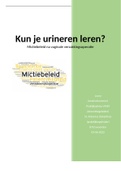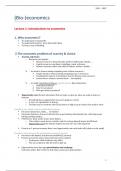Samenvatting
Summary European Economics II: Macroeconomics Final Exam
- Instelling
- Universiteit Van Amsterdam (UvA)
Book chapters and lecture notes for the course European Economics II: Macroeconomics, weeks 4-7. Includes chapters 17, 18, 19 from the book "Essentials of Economics" by Krugman and Wells and chapters 16, 17, 18, 19 from "The Economics of European Integration" by Baldwin and Wyplosz. Also includes n...
[Meer zien]











